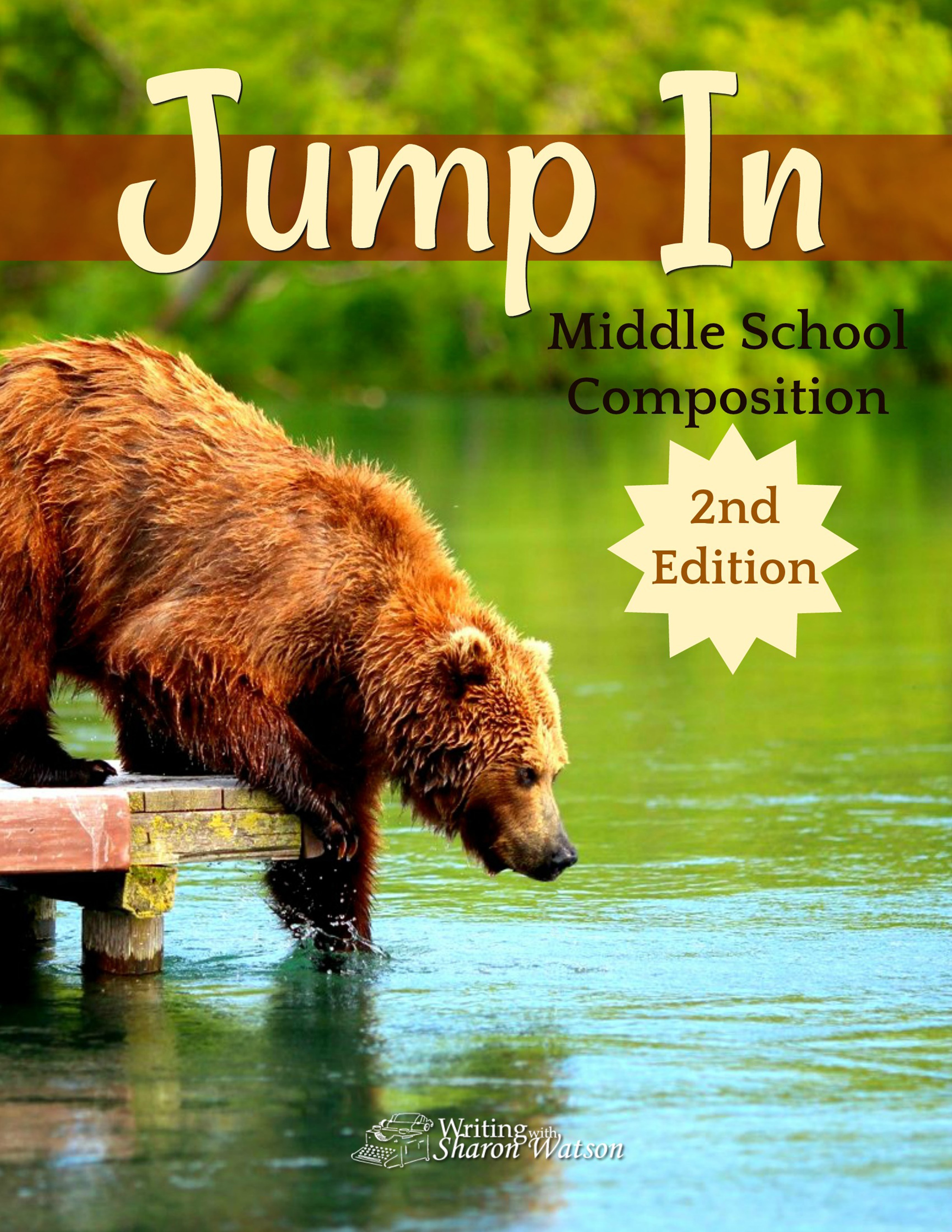SHARON’S BLOG
 Welcome to the third in a series of grammar tutorials! You can find the first one on commas in compound sentences here.
Welcome to the third in a series of grammar tutorials! You can find the first one on commas in compound sentences here.
The second one teaches the position of commas, periods, colons, and semicolons when used with quotation marks. What could be more exciting?!
Dialog punctuation tutorial
Do you have students who love to hide in their bedrooms and write story after story?
Most likely, they are hoping to be published one day, their stories read and loved by millions, their names on the covers of sought-after books.
One thing editors look for in a new writer is proficiency in grammar and punctuation. Granted, it’s not a huge thing; it’s more important to know how to write a great story. But grammar is an indicator of how well the writer knows the language and its conventions, and it is something that editors take into account when determining whom to publish.
Let’s make sure our students have access to the skills they need to get published.
A tiff between Tarzan and Jane in this fun tutorial will guide your students through the punctuation-in-dialog jungle.
Read More
 Would you like to be a gurgitator?
Would you like to be a gurgitator?





















